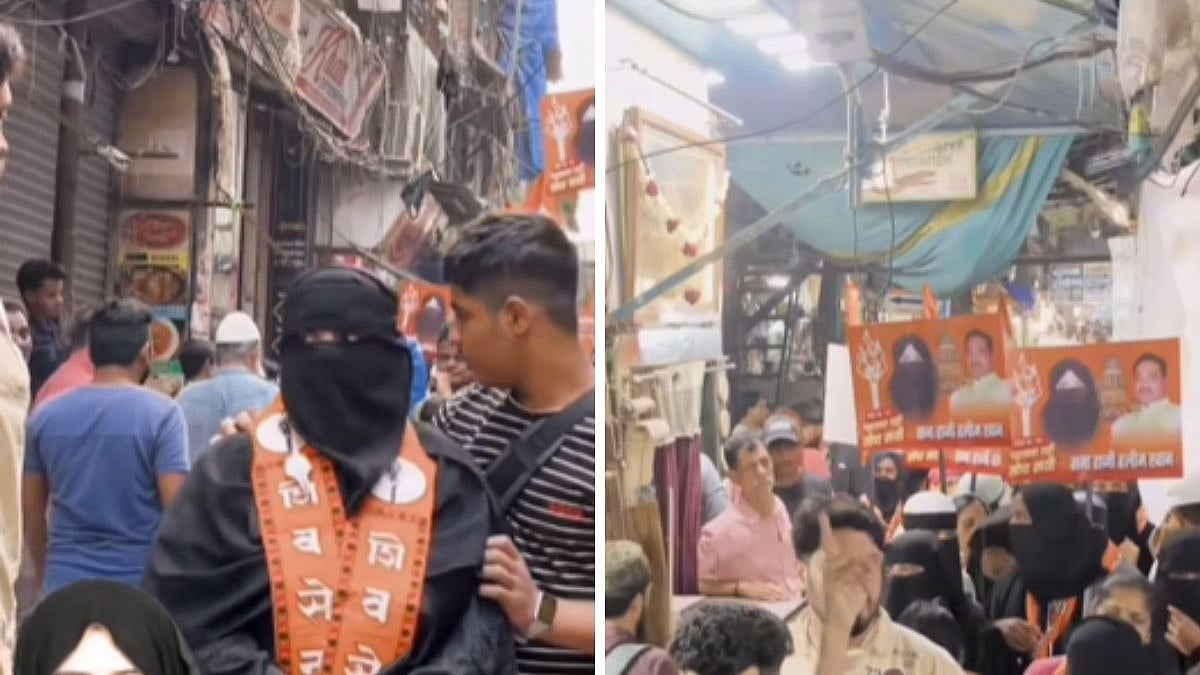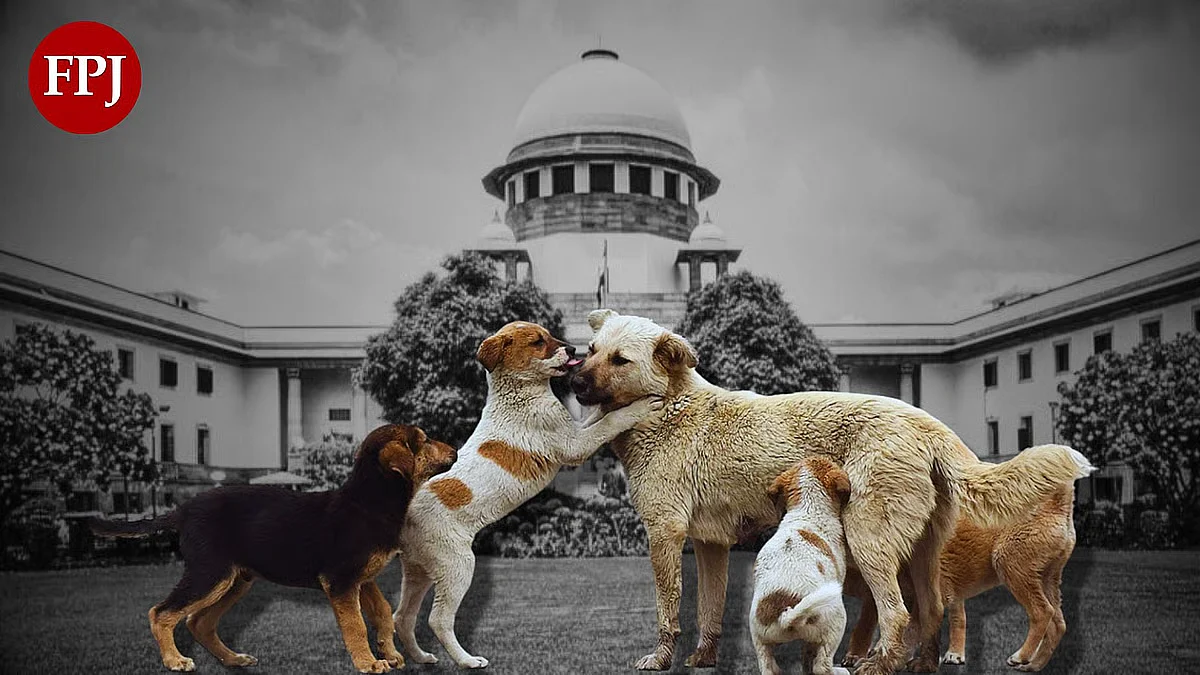The ball has been set rolling for the biggest election of the world. About 900 million voters will go to a million booths to elect 545 members of the Lower House of Parliament. As many as 10,000 candidates will try their luck. The exercise will span 11 weeks during when the model code of conduct will be imposed and roughly 600 political parties will be in the fray. The task of the Election Commission (EC) is to conduct the free and fair general election, a process which must be held without any fear or coercion and without any inducement.
The biggest challenges the EC faces are the three Ms—money, muscle and media (including social media). One of the main reasons for conducting the elections over such a long period is due to concerns of security and possibility of violent disruptions. Hence, security personnel have to be moved from place to place, since there aren’t enough to hold elections in all places in a day.
The expenditure on conducting the election is huge. In 2014, the government spent Rs3,426 crore on Lok Sabha election, which was 131 percent higher than the previous one. Going by the trend, this time around, the expense will be around Rs7,000 crore or $1 billion.
But that does not capture the full extent of spending on this upcoming election. One estimate by the Centre for Media Studies is a total expenditure of 50,000 crore i.e. more than $7 billion. This makes it the most expensive election in the world, even more expensive than the Presidential election of the United States.
For a country which ranks 139 in the world in per-capita income (that too adjusted generously for purchasing power parity), this is a very expensive exercise. It is 0.3 percent of the GDP and the budget exceeds spending on NREGS, the national rural employment scheme. But even that is an underestimate.
This is because the CMS estimate captures the direct expense, as well as inducements through bribing the voter, or spending on media campaigns, rallies and travel. But it does not include the freebies announced on the eve of the election. The freebie announcements can’t always be directly linked to the election, but they inevitably are. For instance, the cumulative loan waivers of the past two years amount to Rs2 lakh crore across different states of India.
The states have governments run by the ruling party at the Centre as well as the Opposition parties. The Union Budget announced in February itself had a scheme for Rs6,000 each for 10 crore farm households, of which Rs2,000 was to be paid in this fiscal itself, ie by March-end. This is possibly a unique case of retrospective spending from the next year’s proposed budget.
Another important announcement was making all income up to Rs5 lakh free from income tax. It meant three crore taxpayers would have an income tax liability of zero, and the cost to the treasury was at least Rs7,000 crore. Surely, it can be linked to the polls. It is somewhat ironic that the three crore taxpayers were effectively “let out” of the tax net, since it goes contrary to the Prime Minister’s exhortation to widen the net to at least 10 crore taxpayers.
In India, there are only seven (direct) taxpayers for every 100 voters, so all the fiscal giveaways have a disproportionate burden on them. The Union Cabinet also took a decision to provide Rs15,000 crore worth of subsidized loans to the beleaguered sugar sector, basically to enable them to pay their dues to cane farmers. The cost to the exchequer is Rs3,400 crore.
The garment sector got tax and levies relief worth about Rs6,300 crore. To ease the burden of compulsory buying of renewable energy on electricity distribution companies (discoms), the Cabinet reclassifed hydroelectric power as renewable energy (in addition to solar and wind). It also extended the debt repayment period by hydro power companies to 18 years, effectively providing fiscal relief.
To aid the construction of affordable homes, the GST council reduced the rate on under-construction projects from 12 to 5 percent. These are a few examples of a slew of decisions taken at various levels by the Union Cabinet, to GST council, to even state and local governments, before the code of conduct kicked in.
Most of the decisions are a fiscal relief now, but will have a repercussion on the fiscal situation, and will become evident only after the election. The BJP government at the Centre is committed to fiscal prudence, and takes pride that the fiscal deficit ratio is capped at 3.4 percent to GDP this year.
This, however, is a misleading picture. The off balance sheet borrowing needs of the government and public sector entities is significant. For instance a big chunk of the statutory fertilizer subsidy has been transferred to the balance sheet of commercial banks.
The state governments’ fiscal record is also moving in the opposite direction, after considerable improvement till two years ago. So, combined the deficit plus, the public sector borrowing requirement now amounts to nearly 10 percent of the GDP, which puts India in a vulnerable situation. No wonder many public sector entities have been asked to pay large interim dividends, including the Reserve Bank of India, which paid Rs28,000 crore recently.
If there is a micro grain-in-a-rice-pot example to illustrate the fiscal tightness, consider these two. The world renowned and premier Tata Institute of Fundamental Research could pay only half the salaries in February due to the fund crunch. About 100 workers and employees at the newly-built Sardar Patel Memorial Statue, which apparently gets record tourist visits, went on strike since they had not been paid wages for the past three months.
These are small examples, but we need to be cautious about the national and sub-national fiscal situation. This is not a call for fiscal panic, but rather belt tightening, and most importantly also focusing on widening and deepening revenue mobilization.
Ajit Ranade is an economist and Senior Fellow,
Takshashila Institution. (Syndicate: The Billion Press)









